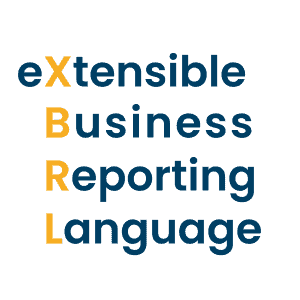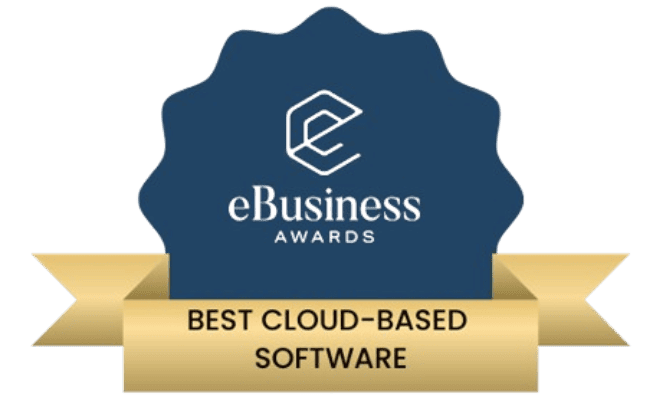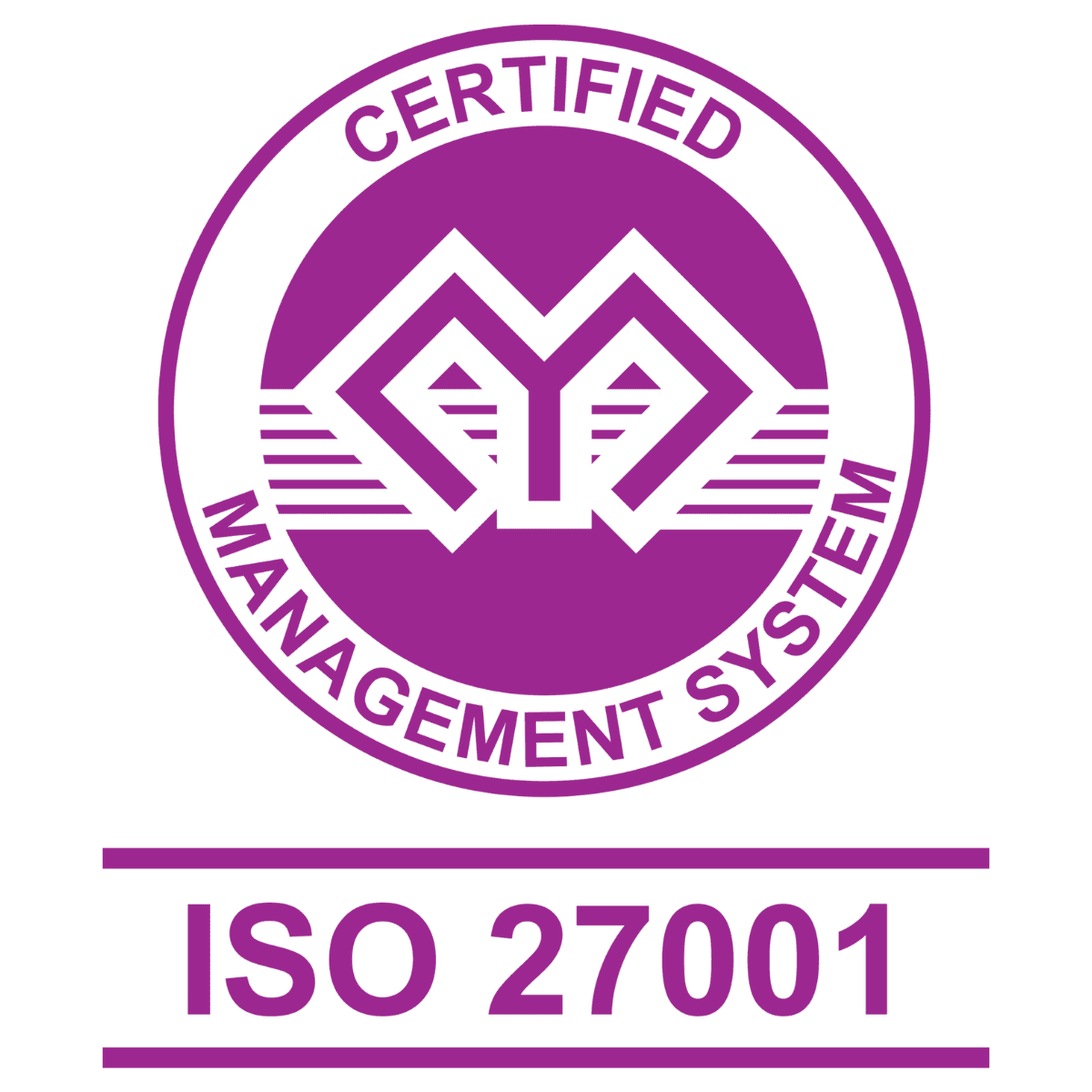What is XBRL? Meaning, Definition, and What It Stands For
XBRL is changing how companies report their financial and sustainability data.
And if you’re preparing to report under ESEF or CSRD, you’ll be expected to know exactly what it is.
But the thing is that most people encounter XBRL for the first time when they’re already deep into compliance prep. It sounds technical. It feels overwhelming and the stakes are high.
This article breaks down what XBRL is, how it works, and why it’s essential for modern reporting.
What is XBRL: Meaning
XBRL stands for eXtensible Business Reporting Language.
It’s a global standard used to tag and structure financial and sustainability data in digital reports. Think of it like the HTML of financial information –— a language that makes data readable by both humans and machines.
Instead of submitting a PDF full of tables and paragraphs, XBRL lets you tag each line item with a digital label. That label tells software exactly what the data means.
This structure makes your reports machine-readable, searchable, and easy to compare across companies and jurisdictions. For regulators and investors, it’s a massive step forward in transparency.
For companies, it streamlines filing and reduces the back-and-forth caused by unclear or inconsistent submissions.
What XBRL Stands for and Why It’s Required Across Regulations
Let’s break that name down.

Business Reporting: It’s designed specifically for business data – from income statements to emissions disclosures.
Language: Like any language, XBRL follows rules (called taxonomies) so that everyone understands the data the same way.
A taxonomy is essentially a dictionary of terms. For example, if you tag a value as “ProfitLoss”, that tag has a consistent definition across all reports using the same taxonomy.
These tags live inside your company’s financial documents, invisibly. But software can parse them, check them, and feed them into dashboards or audit tools in seconds.
You can also combine tags from multiple taxonomies, depending on the rules you need to comply with. For example, the European Securities and Markets Authority (ESMA) mandates XBRL for annual financial reports under the ESEF format. The Corporate Sustainability Reporting Directive (CSRD) require it for sustainability reports. Because XBRL is used by regulators, banks, investors, and auditors, it acts as a common language for all stakeholders.
Everyone sees the same numbers, and everyone knows what those numbers mean.
If you want to explore how digital tagging works in practice, EFRA’s workstream on digital tagging is a great resource. And if you want to break down what is XBRL is in practice, check What is XBRL filling?.
How and Where XBRL is Used
If you’re reporting under EU regulations, you’ll encounter XBRL soon. And it’s particularly relevant to companies that fall under CSRD, which is part of commitment to ensure ESG goals are met by the fillers. If you’re uncertain about whether your company is one of them, here is the latest timeline with updates to recent proposed changes by authorities: CSRD Timeline and Reporting Framework.
It’s required for:
- ESEF (European Single Electronic Format) annual reports
- CSRD sustainability disclosures (starting from 2025 for large companies)
- Tax filings, bank disclosures, and other national compliance requirements in some jurisdictions
Many companies now use iXBRL (inline XBRL), which blends human-readable and machine-readable formats in a single file.
So instead of creating a separate report just for machines, you tag the same report that your investors and board members see.
It’s simpler, faster, and less prone to versioning errors.
For further reading on the legal foundation of these requirements, refer to the original ESEF regulation and the CSRD legal text.
Key Takeaways
- XBRL is a standard language for digital business reporting
- It makes financial and sustainability data machine-readable and comparable
- It’s required under ESEF and soon under CSRD
- It uses taxonomies to define and structure data
- iXBRL allows one report to serve both human and software readers
Common XBRL Reporting Challenges and How to Overcome Them
Getting started with XBRL can feel daunting. Common hurdles include:
- Understanding the taxonomy structure
- Mapping your internal data to the right tags
- Producing a valid, compliant report
To simplify the process:
- Use specialist XBRL software that can handle tagging, validation, and output generation
- Work with partners or consultants who’ve supported ESEF or CSRD reporting before
- Build internal processes early to map data sources and assign responsibility
XBRL is an investment in clarity, transparency, and future-proof reporting.
Learn How to Get XBRL Reporting Right
Understanding XBRL is the first step but applying it with confidence requires tools that work with your existing systems, and support that keeps you on track as regulations evolve.
Book a demo to see how our solutions simplify XBRL tagging and keep your reports compliant with ESEF and CSRD.
Want to see how does CFOUR Comply compares to other solutions? Here is the comparison review: Best XBRL Software Solutions.


